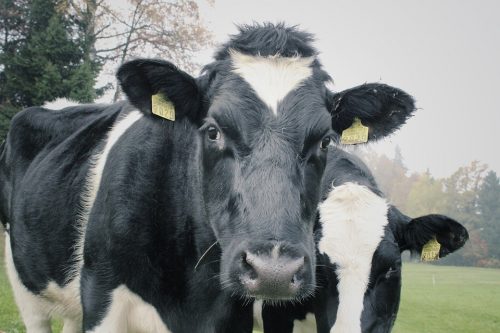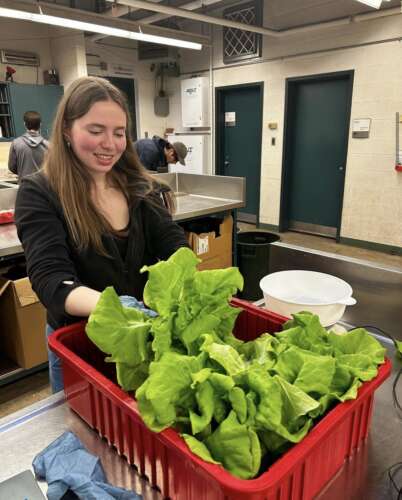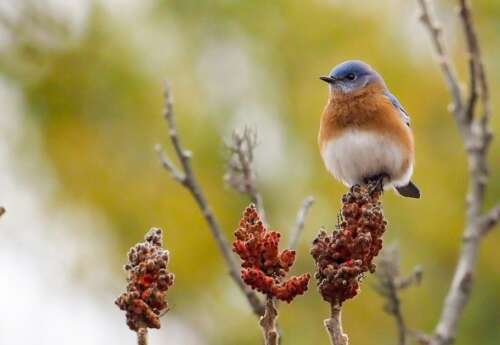This is the fourth article in the “Bringing Our Time to Life” series, highlighting how U of G is taking action on our strategic plan. View all Strategic Plan stories.
At the University of Guelph, sustainability isn’t a specific program or limited area of research. Sustainability is a core part of our culture and identity and faculty, staff and students are called to weave sustainability into the work they do every day.
As we strive to Improve Life, our significant footprint within the City of Guelph and across the province of Ontario places a special responsibility on our institution to advance the United Nations Sustainable Development Goals (SDGs). The SDGs recognize the interconnectedness between poverty, food insecurity, the climate crisis and advancing health, well-being and equity.
To make progress on the UN’s SDGs and fulfill the goal of building a sustainable tomorrow outlined in Our Time: University of Guelph Strategic Plan 2022-27, we are using our campuses as living labs to develop climate solutions and work towards net zero carbon emissions. We also strive to be a global leader in the development of sustainable agri-food systems and train the next generation of thought leaders.
Learn more about the ways we are advancing sustainability on campus.
Partnering with government to create impactful agri-food solutions

The University’s collaboration with the Government of Ontario through the Ontario Agri-Food Innovation Alliance brings together partners from academia, government and industry to create Ontario solutions with global impact. By investing in research that addresses real-world challenges, the Alliance provides hands-on learning experiences for 300 undergraduate students, graduate students and post-docs per year while supporting innovative faculty researchers.
Matching U of G expertise with Alliance funding drives the future of Ontario’s agri-food sector through innovative solutions like moving soil health knowledge beyond the field and into farms and communities, developing sustainable fish feed for the aquaculture industry and bringing sustainable pasture management to beef production.
Developing a sustainable method for growing hydroponic leafy greens

Students in the U of G chapter of Engineers for a Sustainable World (ESW) are working to find a more efficient and sustainable way to grow hydroponic leafy greens while also feeding the U of G community. The student-led organization, one of three chapters in Canada, hopes to perfect a method of growing that uses less water, optimizes nutrient delivery to plants and minimizes environmental impact. In partnership with Hospitality Services, the lettuce grown will be delivered to Creelman Hall and the University Centre meal halls to be served on campus. A portion is also donated to the CSA Student FoodBank to provide to food-insecure students.
With almost 10,000 heads (2,200 lbs) of lettuce being produced per year, this will significantly reduce the number of heads required for purchase from an outside source, drastically reducing the greenhouse gas emissions released from the transportation of this lettuce. This will also result in a serious financial benefit for Hospitality Services, with over $1m in production value projected to be produced by this project over the course of 10 years.
Arboretum’s gene banks and seed orchard contribute to conservation

The U of G Arboretum was one of the first institutions to establish a living gene bank dedicated to archiving known populations of rare woody plants native to Ontario. Today, over 30 species of rare woody plants are archived in the Arboretum’s grounds and gene banks. The living gene banks aim to reduce collection pressure on small surviving threatened and endangered wild populations, increasing the ability of those populations to naturally regenerate.
Recently, the Arboretum has worked with several different conservation agencies in southwestern Ontario to form a Red Mulberry Working Group with the goal of recovering the endangered species. Only 200 to 300 of the small-medium-sized understory trees are left in the province and the species is threatened by hybridization by the non-native white mulberry. As a next step, the Arboretum is propagating pure red mulberry trees to establish a long-term seed orchard.
OAC research is creating a more sustainable agri-food system
 National and international projects being co-led by Ontario Agricultural College (OAC) researchers aim to tackle climate-change related challenges in agri-food. One project looks at making crop production more sustainable by reducing greenhouse gas emissions in the process. Led by Dr. Claudia Wagner-Riddle, a professor in the School of Environmental Sciences, the project team is looking at alternatives to conventional fertilizer whose ammonia base consists of hydrogen and nitrogen.
National and international projects being co-led by Ontario Agricultural College (OAC) researchers aim to tackle climate-change related challenges in agri-food. One project looks at making crop production more sustainable by reducing greenhouse gas emissions in the process. Led by Dr. Claudia Wagner-Riddle, a professor in the School of Environmental Sciences, the project team is looking at alternatives to conventional fertilizer whose ammonia base consists of hydrogen and nitrogen.
While nitrogen is vital for promoting growth and crop yields, making ammonia requires fossil fuels and releases greenhouse gases, notably nitrous oxide emitted from soils due to nitrogen fertilizer application. Wagner-Riddle’s research will help farmers achieve the federally mandated target for reducing nitrogen-related emissions by 30 per cent by 2030.
Braiding Indigenous and Western values to protect water

Dr. Andrea Bradford, water resources engineering professor; Dr. Brittany Luby, (Anishinaabe descent) Niisaachewaan Anishinaabe Nation and professor in the department of history; and Samantha Mehltrettor, engineering PhD student, released a report with the Global Commission on the Economics of Water (GCEW) that emphasizes the need for collaboration and the braiding of Indigenous and Western perspectives in safeguarding threatened water systems.
“Freshwater ecosystems are being degraded around the world,” said Bradford. “Indigenous peoples have a lot to offer in terms of worldviews and values that would inform different academic disciplines.” By ‘braiding’ these viewpoints together, the team hopes to enhance our understanding of water management and work towards healing our relationship with water.
Students use business as a force for good through Lang Sustainability Conference
Each year, students in the Lang School of Business and Economics host a three-day Lang Sustainability Conference for more than 120 attendees. The conference is rooted in Lang’s mission to use business as a force for good and aims to inspire individuals to gain the momentum in creating a better future for themselves and others.
During the conference, students have the opportunity to analyze real-world sustainable issues and combat them with innovative solutions to present their recommendations before industry professionals. Overall, the conference showcases student dedication and was supported by more than 15 partnering organizations, faculty and staff as a true community effort.
These are just a few examples of the many ways our campus community is realizing the vision laid out in Our Time.
Have a suggestion of research, an initiative, an individual or a program we should feature? Email campusnews@uoguelph.ca.
